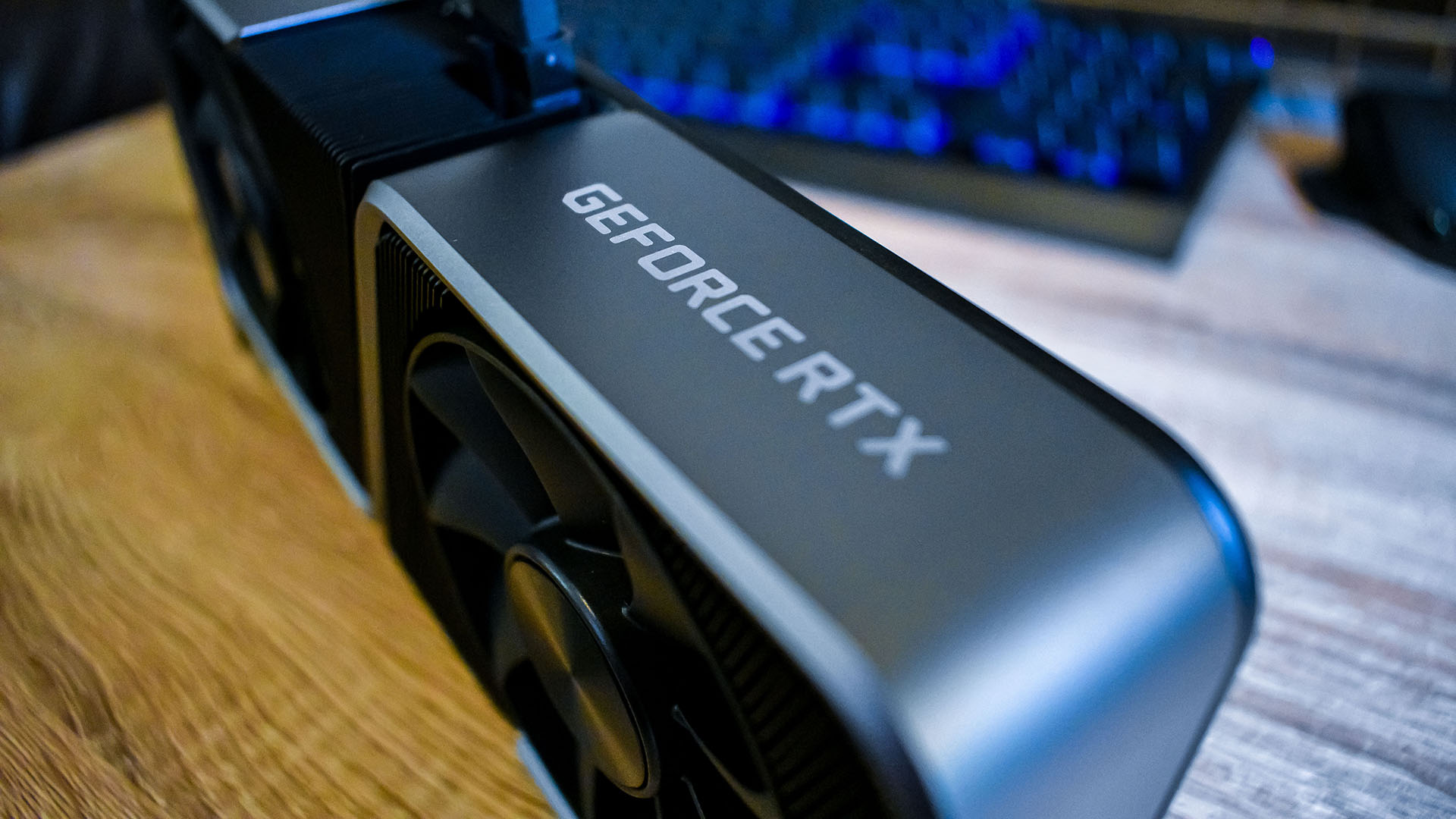AMD’s smart performance boosting tech will benefit Intel CPUs and Nvidia GPUs

AMD’s Smart Access Memory (SAM) performance boosting technology will eventually work with Intel and Nvidia hardware, it has emerged.
SAM facilitates the CPU having full access to GPU memory, lifting certain memory constraints and giving considerable performance gains (up to 10% in some games).
Right now, SAM only works with AMD’s new Big Navi graphics cards in tandem with Ryzen 5000 processors (and a 500-series motherboard), so only a niche set of gamers who have forked out for these latest products (and have been lucky enough to get an RX 6000 GPU) can benefit.
- Check out our in-depth Nvidia RTX 3080 review
- And these are all the best PC games
- We'll show you how to build a PC
However, in an interview with PC World, AMD has made it clear that its GPU division is working with Intel, so SAM will be available to those with an RX 6000 graphics card and an Intel CPU (and motherboard).
The same goes for AMD’s CPU division, which is working with Nvidia to ensure that SAM will also benefit those with Ryzen processors and GeForce GPUs. It probably didn’t escape your attention that Nvidia has already said it’ll be bringing a similar kind of tech to RTX 3000 cards, as SAM works by tweaking PCIe’s resizable BAR (base address register), so there’s no reason it can’t work on non-AMD hardware.
Naturally, this latest announcement is clearly good news, because there was speculation that AMD might try to keep SAM as an exclusive benefit for those with an all-AMD setup, rather than working with rivals to bring it to a wider audience.
Not just flicking a switch
The caveats are that it’s far from clear how long it might take to bring support over to Intel and Nvidia hardware, but AMD did stress that a good deal of development and honing would be necessary to get a sizeable performance boost, and that it wasn’t simply a matter of flicking a switch (unsurprisingly).
Sign up for breaking news, reviews, opinion, top tech deals, and more.
Exactly which non-AMD hardware will be supported is another question mark, although it seems like it will require an Ampere GPU on the Nvidia front. Furthermore, as we already know, getting SAM running even on compatible cutting-edge AMD hardware is far from straightforward for the user (involving a fair bit of messing around in the BIOS, which not everyone will be comfortable with, as we note in our Radeon RX 6800 review).
We’ll just have to see how things progress, but when it comes to getting SAM working outside of all-AMD PCs, we’re betting that won’t be happening any time soon.
Via Tom’s Hardware
Darren is a freelancer writing news and features for TechRadar (and occasionally T3) across a broad range of computing topics including CPUs, GPUs, various other hardware, VPNs, antivirus and more. He has written about tech for the best part of three decades, and writes books in his spare time (his debut novel - 'I Know What You Did Last Supper' - was published by Hachette UK in 2013).